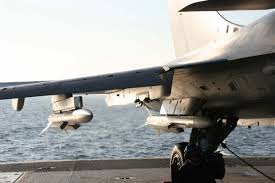From the same article:
However, this time, due to the “informal” setting of the flight, the usual protocol was not respected. Instead, the passenger was examined by a doctor four hours before the flight. He was declared apt to participate in the flight, under the condition that he would not be submitted to a negative load factor. That information was not communicated to the pilot.
The civilian was already nervous when he entered the cockpit, with his heart rate recorded between 136 and 142 beats per minute. The investigation found that the safety checks of the passenger had been approximate at best. He carried out most of his installation into the cockpit by himself. As a consequence, his visor was up, his anti-g pants were not worn properly, his helmet and oxygen mask were both unattached, and his seat straps were not tight enough.
So wait they allow a civilian who has never been on a jet and don't make sure he is kitted out correctly?
Please obvious pilot and crew negligence.
Any civilian without proper training is bound to be nervous, the least the crew and pilot can do is to make sure he was kitted out correctly and is strapped in correctly. Also the technical issue with the ejection seat is troubling especially when both pilot's lives are at risk in a real emergency. While it's nice the aircraft was saved, still a fix is needed quick.
The fighter jet was set up to, under normal conditions, eject both the pilot and his passenger when one of them pulls on the ejection handle. The BEA-E explains the procedure of a Rafale double ejection in four stages: first, the back canopy is shattered by a line of explosives embedded into the glass, before the passenger seat is ejected. Then, the front canopy is also destroyed, and the pilot seat is the last to leave the fighter jet.
But in this case, the last stage failed and, despite his canopy being ejected, the pilot remained in his seat. Local media reported at the time that the glass of the canopy had slightly injured his hands. Nonetheless, he remained master of his aircraft. “He then remained calm to pilot his plane despite the multitude of failure messages that the on-board computer displays and an unusual aircraft centering following the loss of the rear seat and the canopy,” says the investigation, which analyzed the radio recordings.















 a bit too much before the flight?
a bit too much before the flight?